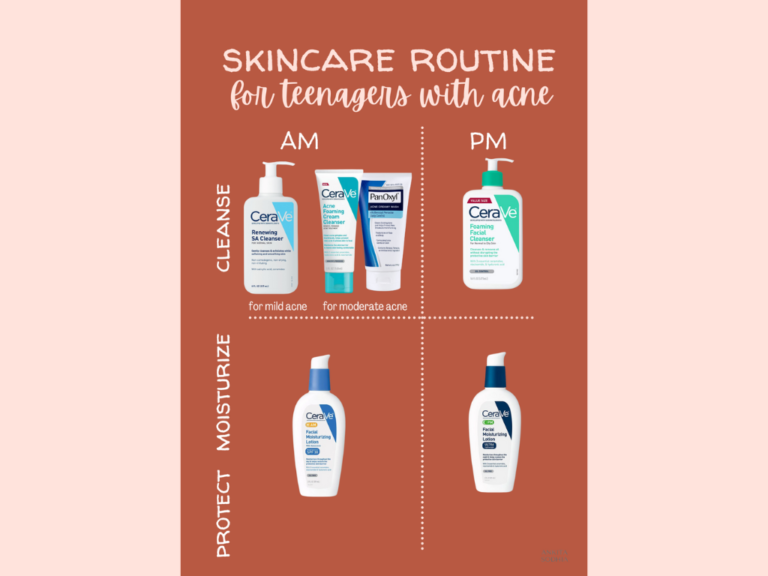Everything You Need To Know On How To Start Solids For Babies
The number of conversations I’ve had surrounding how to start solids with babies and what to feed them as they get older inspired this post.
I know the stress and anxiety that the thought and process of starting solids can bring. So, I’m hoping with my experience between two kids (and a lot of trial and error), I can share some of my strategies and ideas to make figuring out the whole feeding process a little easier and less stressful.
Please note: All the information in this post is for informational purposes only. Please consult your paediatrician or doctor before starting solids and follow their advice.
Table of Contents
What age to start solids for babies?
The World Health Organization (WHO) recommends starting solids at 6 months. My paediatrician also recommends the same time frame. But I noticed with both my kids by the time they were about 5.5 months old they were ready to start solids. You might wonder: how did you know? They started to get curious by leaning towards / reaching towards the food whenever they saw me or anyone else eating something.
A few other signs of readiness to start solids include:
- Good neck and head control
- Sitting upright with support (such as in a Baby Bjorn Bouncer or Bumbo chair)
- Putting toys and other items in the mouth often
So the message here is: follow your paediatrician’s guidelines but also don’t be afraid of your own gut feeling as a parent.
How to start solids and what to feed?
Here is where things can get really confusing, but I followed my own mama’s advice.
The first few days
I started with freshly squeezed orange juice first. Since babies at this age are still relying mainly on breastmilk and/or formula, I gave the orange juice in between two feeds so that I knew my kids would still feel fulfilled if they didn’t take to the orange juice. Start off with about 3-4 teaspoons once a day. Stick with this for at least 3-4 days so you can monitor if baby has any reaction (allergy, irregular stools) to new foods. This is the general rule when introducing any new foods during this phase with babies.
The second week
After orange juice, I moved to 1/4-1/3 mashed banana (or mashed avocado is another option) mixed in with some breastmilk / formula once a day for a week. Serving size: approximately 3-4 teaspoons.
The third week
Two pieces of papaya mashed mixed in with some breastmilk / formula once a day for a week. Serving size: approximately 3-4 teaspoons.
The fourth week and adding a second meal
After 2-3 weeks of observing no reactions and happy smiles while eating solids, I added a second solid meal rotating these baby-friendly foods boiled (or steamed) and blended: pumpkin and sweet potato. This steamer / blender from Avent is great to prep baby food in one go:
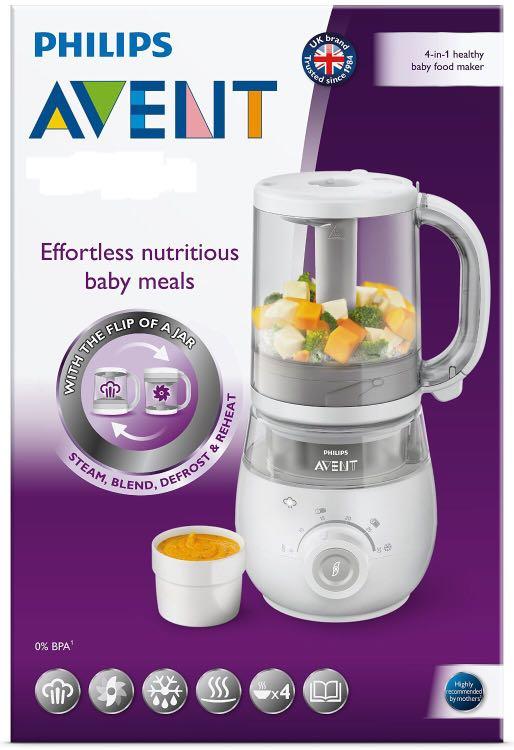
Introducing different foods, baby cereal, and rice
After 3-4 weeks of mashed fruits in the morning and boiled and blended veggies in the evenings, I moved to making different food combinations. In the morning meals, I mashed fruit and Cerelac (or any baby cereal of your choice). For the second meals, I made different combinations like pumpkin and broccoli / sweet potato and lentils / rice and lentils.
Cooking portions: rice, lentils, beans: 1-2 tablespoons / vegetables: 3-5 chopped pieces. No salt or sugar in anything.
What does a feed schedule with solids look like for a baby at 6-8 months?
7.30AM: Milk / formula feed
10.30-11.30AM: First solid meal
1.30-2.30PM: Milk / formula feed
4.30-5.30PM: Second solid meal
7.00PM: Milk / Formula feed
How to feed a baby? What are the best tools and equipment?
There are lots of different options. For the first month on solids both my children sat in a baby bouncer such as the Baby Bjorn for meals. I adjust it to the most upright angle and fed them using a baby spoon and bowl.
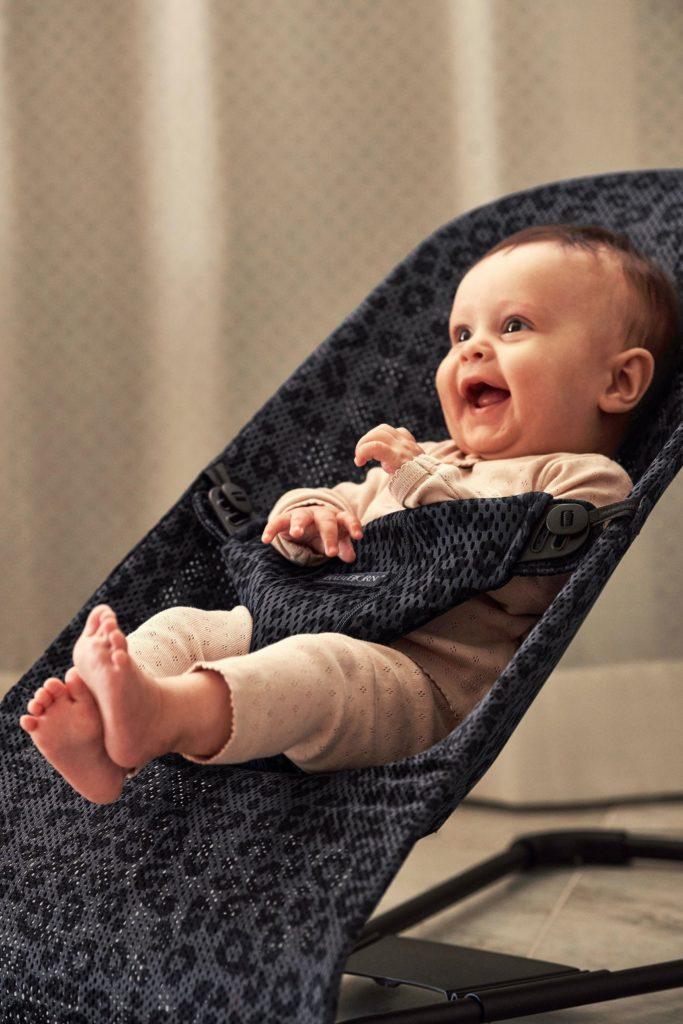
I really like these Munchkin two sets of spoons a lot because it’s just the right portion of food per bite to avoid baby taking too much at one go, which can lead to gagging and choking.
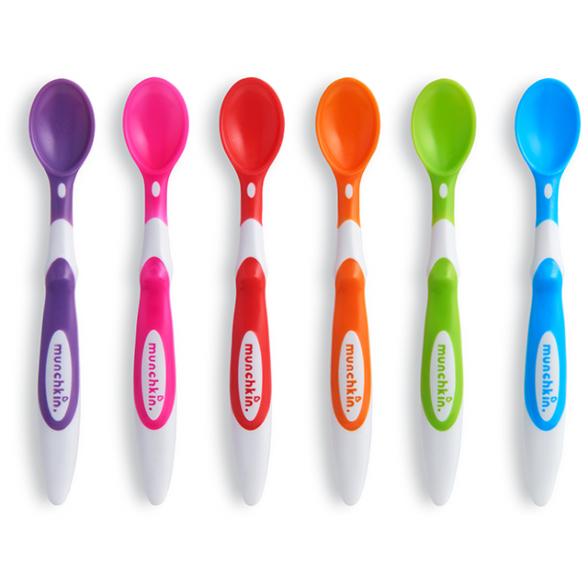
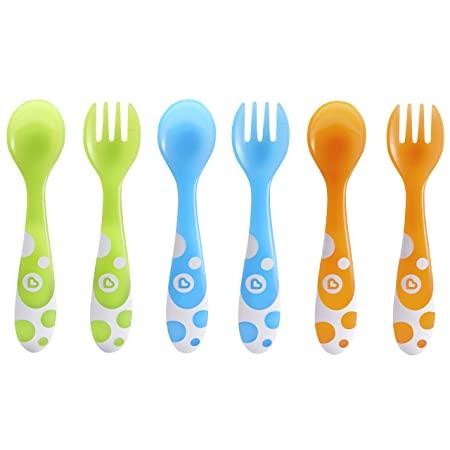
For bowls and plates, the IKEA ones work really well (my 4 year old is still using them!). But I wouldn’t recommend using the spoons and forks until baby is at least 18 months old because they are quite large.
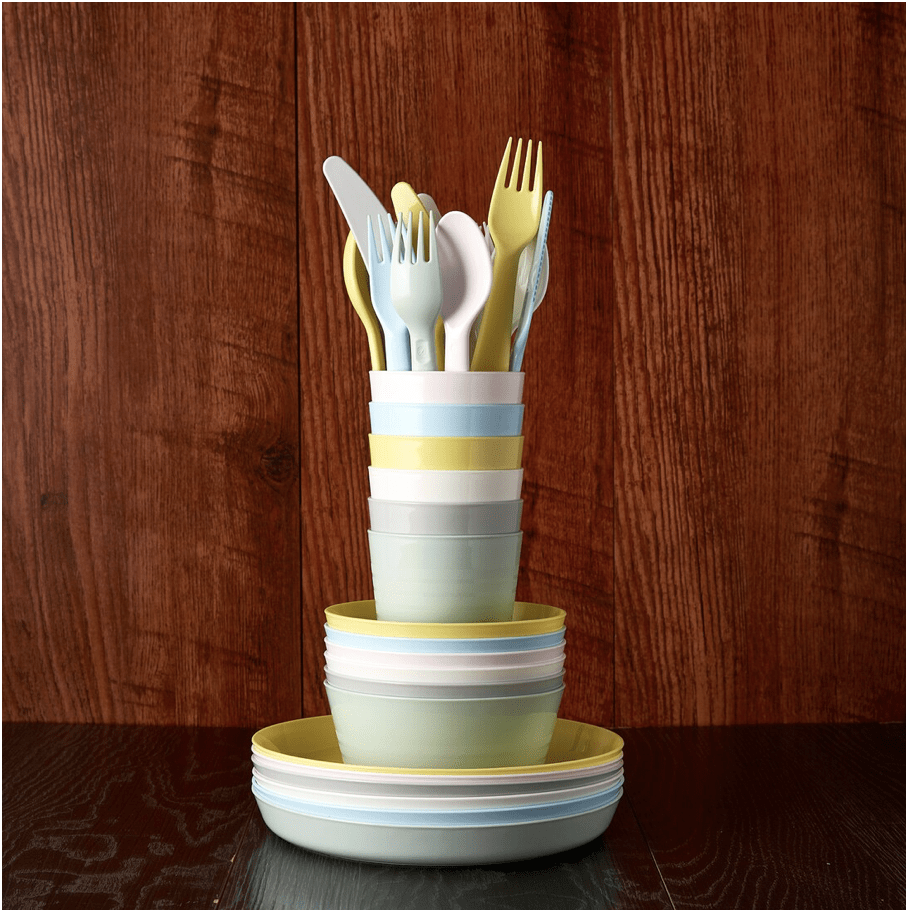
And I really like these Tommee Tippee bibs because they catch all messes and spit ups.
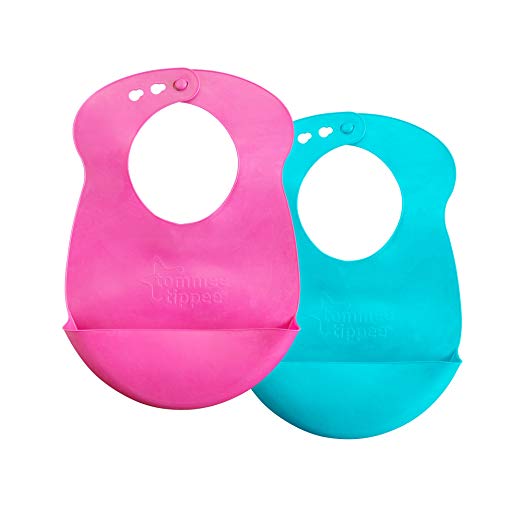
At around 7 months, I moved to using a high chair (mine is from Cosatto — another popular alternative is the IKEA Antilop chair) because my kids were able to sit upright properly.
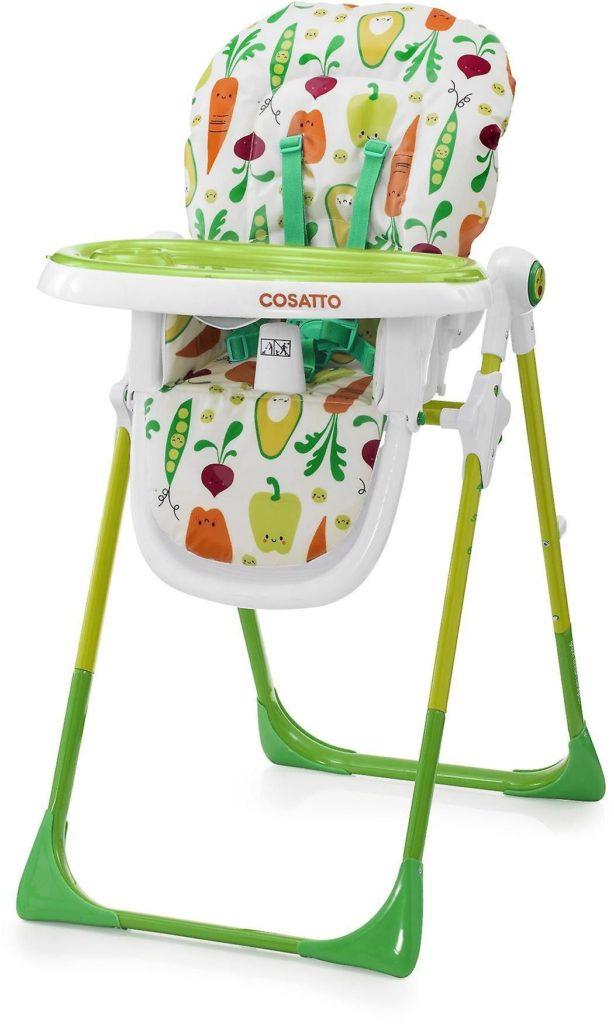
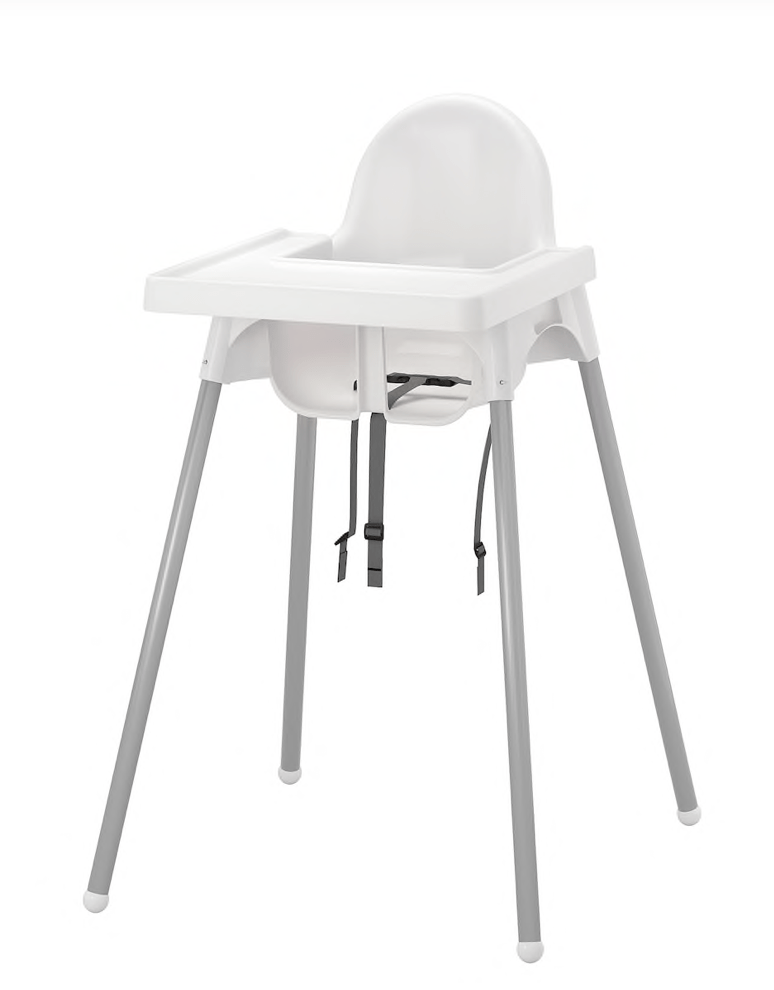
When do I move to 3 solid meals a day?
At 9 months old, I moved to three solid meals a day for both my kids. They were much more mobile at this phase and needed more nutrition and energy. By this time the portion size of the meals increased to approximately 5-6 tablespoons:
Here’s what a typical day looks like:
7:30AM: Breakfast
9:30-10:00AM: Breastmilk / formula feed
12:00PM: Lunch
2:00-2.30PM: Breastmilk / formula feed
5:00PM: Dinner
7:00PM: Breastmilk / formula feed
How to figure out nutritionally-balanced meals?
For breakfast, I’m a bit more relaxed and tend to give more fruits mixed with oat flour and yogurt or baby cereal (it’s also just easier if you’re in a rush in the mornings).
But for lunch and dinner I followed my paediatrician’s advice: each meal “should” include 1 protein, 1 carb, and 1 veggie. He was also very clear with me that using rice for my children’s meals is okay. Here are some options in each food category to consider, if you are vegetarian like me:
Carbs: Rice, quinoa, oats
Protein: Egg yolk only (as advised by my paediatrician), tofu, white beans, lentils (daal)
Veggies: Pumpkin, broccoli, squash, carrot, green beans, bell peppers, sweet potato.
Fruits: banana, strawberry, blueberry, papaya, apple (baked/steamed)
What about snacks and processed foods?
I felt comfortable giving my kids snacks like Cheerios, Nestle Star puffs, and pieces of biscuit once they were around 10 months old and their teeth started to pop up. I felt much less stressed about gagging and choking. I try to avoid processed food and sugar as much as possible but for certain situations such as long car rides or being out and about, these snacks come in handy. I love these containers from Skip Hop because they are great for storing small bits-sized snacks while giving babies lots of entertainment as they try to grab a snack 🙂
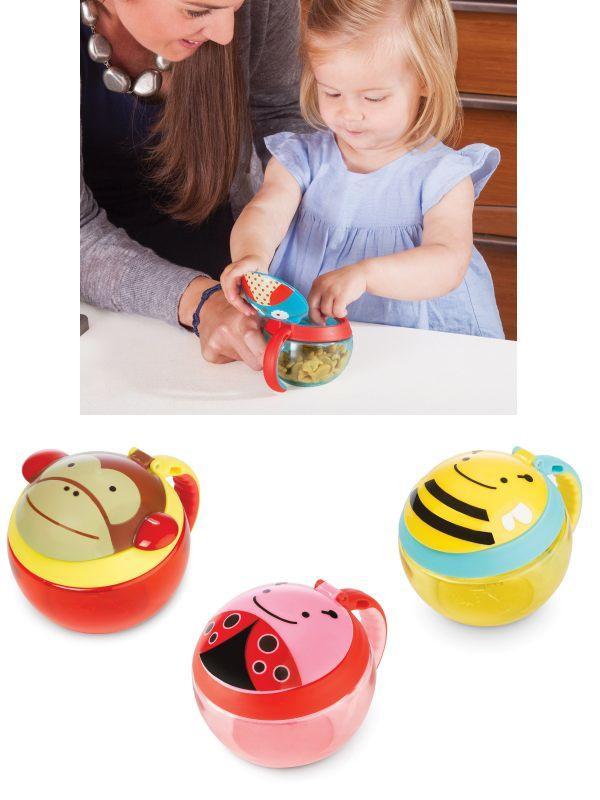
How do you plan meals while traveling?
I have a full blog post on Tips for Managing and Preparing Meals for Babies and Young Kids While Traveling
Please note: All the information in this post is for informational purposes only. Please consult your paediatrician or doctor before starting solids and follow their advice.

